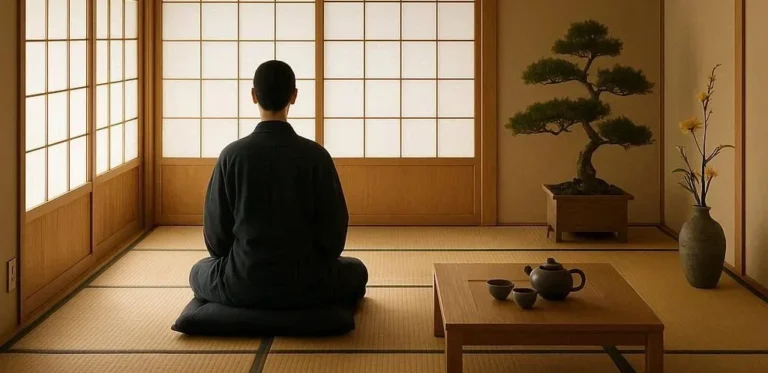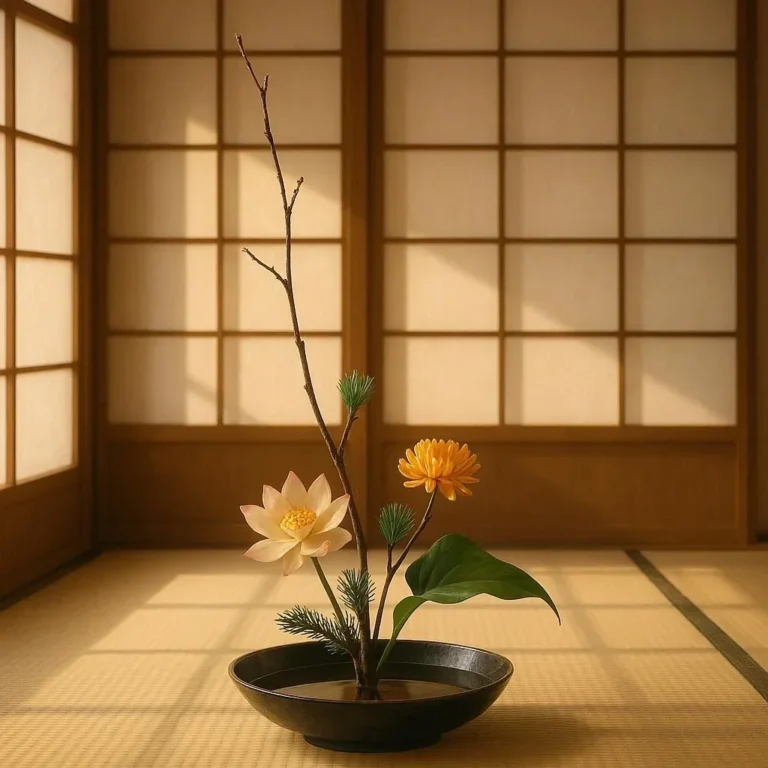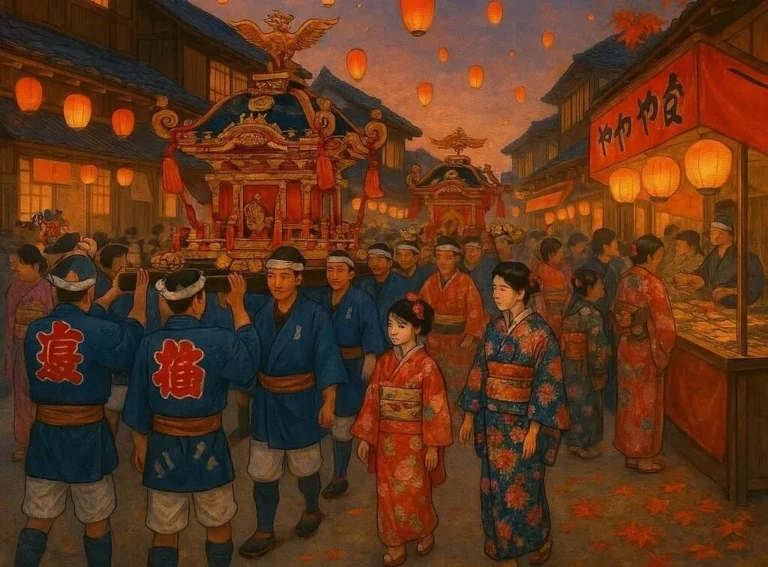506 views The Mystery and Meaning Behind Noh Masks
Unveiling the Mystery: The Cultural Significance of Noh Masks
Noh masks, a cornerstone of traditional Japanese theater, have long fascinated audiences with their enigmatic beauty and profound symbolism. These intricately crafted masks are more than just decorative pieces; they are vessels of emotion, spirituality, and storytelling. In this blog post, we’ll explore the mystery and meaning behind Noh masks, their historical origins, and their enduring impact on Japanese culture.
The Origins of Noh Masks
Noh theater, a classical form of Japanese dance-drama, has its roots in the 14th century. The word “Noh” is derived from the Japanese word for “skill” or “talent,” reflecting the art form’s emphasis on mastery and precision. Noh masks, or “Noh-men” in Japanese, have been an integral part of this tradition since its inception.
Noh masks are typically carved from wood, with each mask representing a specific character, emotion, or supernatural being. The craftsmanship involved in creating these masks is unparalleled, with each one requiring weeks, sometimes even months, of meticulous work. The masks are designed to convey complex emotions through subtle expressions, often taking on a lifelike quality when worn by skilled actors.
Noh theater is deeply rooted in Shintoism and Buddhism, and many of the masks used in performances are believed to possess spiritual power. Some masks are even said to have been carved by legendary artisans, adding to their mystical allure.
The Types of Noh Masks
Noh masks can be categorized into several types, each with its own unique characteristics and meanings. Here are some of the most common types:
1. Hannya Masks
The Hannya mask is perhaps the most recognizable Noh mask. It is typicallydepicted with sharp horns and a fearsome expression, representing a jealous or vengeful spirit. Hannya masks are often used in plays that explore themes of revenge and supernatural vengeance.
2. Ko-omote Masks
The Ko-omote mask is a delicate and serene mask that represents a young woman. It is often used to portray characters experiencing transformation or introspection. The Ko-omote mask is known for its ability to convey subtle changes in emotion, depending on how it is angled by the actor.
3. Shōjō Masks
The Shōjō mask is a striking mask that represents a male sea spirit. It is characterized by its bright red color and dynamic expression. Shōjō masks are often used in plays that involve water spirits or divine beings.
4. Meneko Masks
The Meneko mask is a rare and unique type of Noh mask that depicts a cat. It is often used in plays that involve animals or mystical creatures. Meneko masks are highly prized by collectors for their intricate details and rarity.
The Spiritual Significance of Noh Masks
Noh masks are more than just tools for storytelling; they are believed to hold spiritual power. Many masks are considered sacred objects, often used in Shinto rituals and ceremonies. In Noh theater, the act of donning a mask is a ritual in itself, requiring the actor to prepare both mentally and spiritually.
When an actor puts on a Noh mask, they are not just wearing a piece of wood; they are becoming the character or spirit that the mask represents. This transformation is deeply tied to the concept of “mono no aware,” or the pathos of things, which is a central theme in Japanese aesthetics.
The Craftsmanship Behind Noh Masks
The creation of Noh masks is an art form that has been passed down through generations of skilled artisans. Each mask is carefully carved from a single piece of wood, typically Japanese cypress or paulownia, which is lightweight yet durable. The wood is seasoned for years before being carved to ensure that it is ready for the intricate details.
The process of creating a Noh mask is deeply meditative and requires great focus and precision. Artisans must carefully consider the expression and aura of the mask, ensuring that it accurately conveys the desired emotion or character. Once carved, the mask is painted and lacquered to enhance its appearance and durability.
Noh masks are not only functional but also works of art in their own right. Many masks are displayed in museums and private collections, where they are admired for their craftsmanship and cultural significance.
The Modern Relevance of Noh Masks
While Noh theater remains a revered tradition in Japan, Noh masks have also gained international recognition for their beauty and cultural significance. Today, Noh masks can be found in museums and art galleries around the world, serving as a bridge between traditional Japanese culture and modern art.
In addition to their use in traditional theater, Noh masks have inspired contemporary artists, designers, and even filmmakers. Their enigmatic expressions and intricate designs continue to captivate audiences, offering a glimpse into a world of mystery and beauty.
Conclusion
Noh masks are a testament to the richness and depth of Japanese culture. Their intricate designs, rich history, and spiritual significance make them a fascinating subject of study and admiration. Whether you are a theater enthusiast, an art lover, or simply someone curious about Japanese culture, Noh masks offer a window into a world of mystery and beauty that continues to captivate audiences around the world.
If you’re interested in learning more about Noh masks or experiencing Noh theater firsthand, consider exploring resources from reputable institutions like the Japanese Garden Society or the Noh Theatre Foundation. Attending a Noh performance or visiting a museum with a collection of Noh masks is a memorable way to immerse yourself in this ancient art form.
FAQ
1. What are Noh masks made of?
Noh masks are typically carved from wood, with some masks being made from lacquered wood. The wood used is usually Japanese cypress or paulownia, which are lightweight and durable.
2. What is the significance of Noh masks in Japanese culture?
Noh masks are deeply rooted in Japanese culture, representing characters, emotions, and spiritual beings in traditional Noh theater. They are also considered sacred objects in Shinto rituals and are admired for their artistic craftsmanship.
3. Can Noh masks be worn by anyone?
While Noh masks can be worn by anyone, they are traditionally worn by trained Noh actors who have spent years mastering the art of Noh theater. The act of wearing a Noh mask is a transformation that requires preparation and skill.
4. Are Noh masks still used today?
Yes, Noh masks are still used today in traditional Noh performances, as well as in cultural ceremonies and exhibitions. They are also a popular subject of study and admiration in art and theater circles.
5. How can I learn more about Noh masks?
You can learn more about Noh masks by exploring resources from reputable institutions, attending Noh performances, or visiting museums with collections of Noh masks. Online resources like the Wikipedia page on Noh theater and the Noh Theatre Foundation are excellent starting points.







